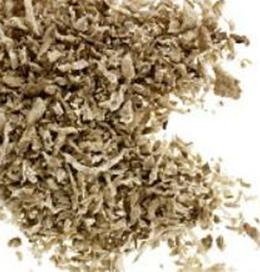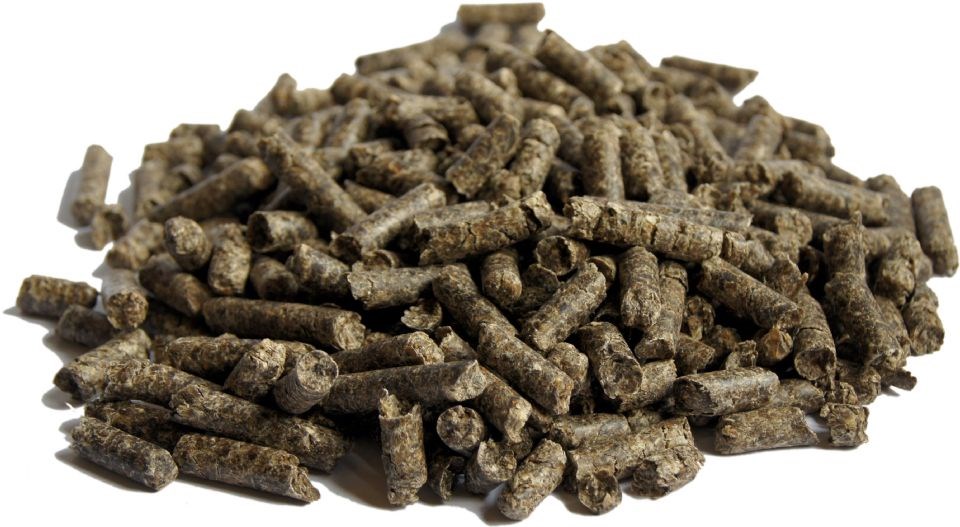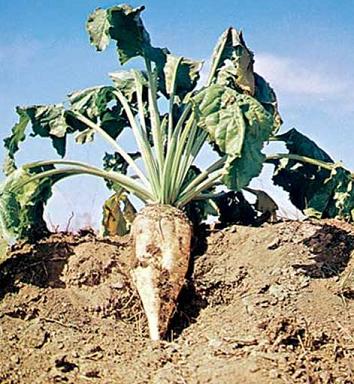Sugar Beet Pulp
-
Sugarbeet pulp is a byproduct from the processing of sugar beet which is used as fodder for horses and other livestock. It is supplied either as dried flakes or as compressed pellets (or "nuts").
-
Sugarbeet pulp is a highly palatable feed with good energy levels. (ME = 11 Mg/Kg DM) Sugarbeet pulp is low in sugar and other non-structural carbohydrates. (Similar in energy levels to barley but low / average in protein. )
-
Contains highly digestible fibre which is suited to ruminants as it maintains rumen condition and encourages acetate production. It has a high liquid absorbency and can, therefore, be used as a silage additive to retain the feed value from effluent.
-
Another by-product from the processing of raw sugar cane is cane molasses, a dark brown viscous liquid. This is usually mixed with the sugarbeet pulp (to form molassed sugarbeet) when it is dried and pressed and distributed as shreds or pellets. Sugarbeet which has not been mixed with molasses is unmolassed sugarbeet.
-
The fibrous residues of sugarbeet comprise mainly cellulose, which is highly digestible. Thus when fed with an appropriate supplement of degradable protein, sugarbeet is an exceptionally suitable feed for ruminants, helping to promote optimum rumen conditions and boosting milk production. The availability of sugarbeet is usually restricted to the October-February period, following the harvest of its original crop.
Sugar Beet Pulp analysis on a dry matter basis (%):

Protein |
Oil |
Fibre |
Ash |
Metabolisable energy (ME) (Mega joules per kg of dry matter) |
Dry Matter (%) |
|
10 |
1.3 |
11 |
8.7 |
12.5 |
89 |

Country of origin
-
UK (mainly in the Eastern areas of England, from Yorkshire to Essex, and in the West Midlands.)
Limits to Usage

-
Slightly laxative
Storage / Processing
-
Stores well in cool dry conditions, but will absorb large quantities of water if not stored correctly.
-
Material to be stored and transported in compliance with UFAS code of practice.
What is Sugar Beet used for?
-
The root of sugar beet has a sugar content of around 17% and in the UK provides over half of the sugar we use. The balance comes from sugar cane that grows in tropical and semi-torpical regions of the world.



